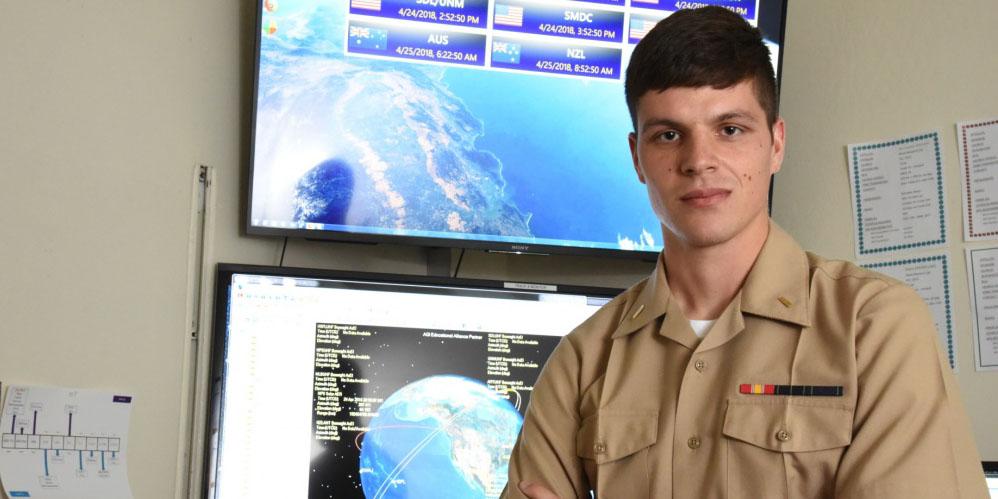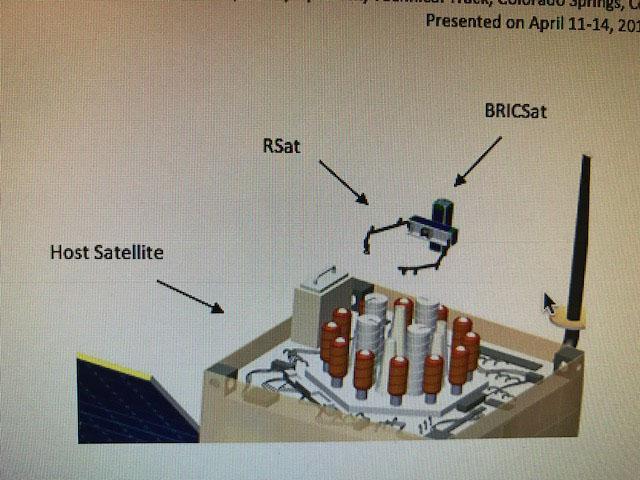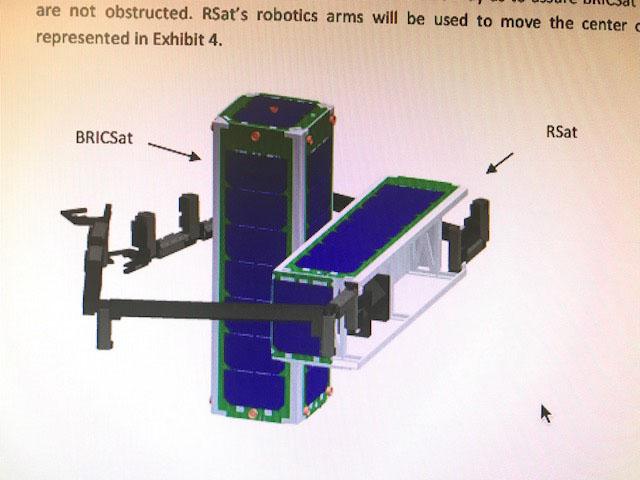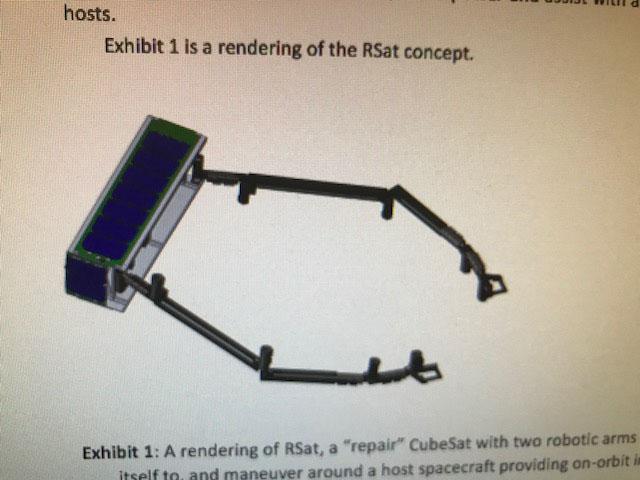Naval Postgraduate School Advances Satellite Repair System
Researchers at the Systems Engineering Department of the Naval Postgraduate School (NPS) in Monterey, California, will remotely test for the first time an autonomous satellite repair system known as AMODS, after it is launched with Rocket Lab USA’s Electron rocket this summer, reports Matthew Schehl of the Navy News Service.
The U.S. Navy’s Morgan Lange, Edward Hanlon and Benjamin Keegan were midshipmen at the U.S. Naval Academy when they developed AMODS—the Autonomous Mobile On-orbit Diagnostic System—with guidance from Jin Kang, assistant professor, Aerospace Engineering Department, and director, Naval Academy Small Satellite Program.
AMODS is one of the payloads on the Electron rocket that is slated to be launched between June 23 and July 6 from New Zealand’s Mahia Peninsula. The robotic AMODS consists of several CubeSats, including several RSats, or repair versions of the miniature research satellites and a self-propelled transport CubeSat known as BRICSat.
The technology has the potential “to bring significant change to how the Department of Defense operates assets in the extraterrestrial domain,” Schehl reported.
The 10 x 10 x 33 cm RSats have two 60 cm manipulable robotic arms with claws that latch onto host satellites providing various diagnostic and maintenance activities. “[They] crawl around, image and potentially repair various components,” Schehl said. The BRICSat provides the propulsion for all of the RSat payloads. It locates the RSats then transports them to the spacecraft needed diagnostic or repair services, according to the researchers.
"BRICSat is basically a little jet pack that you can strap to the back of an RSat," Hanlon explained in a statement. "If you have sort of a big bucket of RSats, the BRICSat just picks up an RSat, drops it off at the spacecraft, goes back to the bucket and grabs another RSat for the next spacecraft.
Having NPS be the home for AMODS is advancing its development. NPS is providing the crucial ground station that will communicate with the repair system. NPS also holds the necessary professional radio frequencies, which the midshipmen weren’t able to obtain as amateur operators, Schehl said.
Hanlon, who graduated the Naval Academy in May 2017, is continuing his work on AMODS as Bowman Scholar at NPS. "NPS was invaluable in supporting the effort and making sure that we'd be able to get the licenses," Hanlon stated, according to a release. "I was fortunate enough to come out here and help bridge the gap between the two institutions and get the ground station set up so that we can talk with the spacecraft.”
The midshipmen originally presented their findings, Design Process And Flight Results For The Autonomous Mobile On-Orbit Diagnostic System (AMODS), two years ago at the 32nd Space Symposium’s Technical Track. The CubeSats were developed in 1999 by researchers at California Polytechnic State University and Stanford University.







Comments